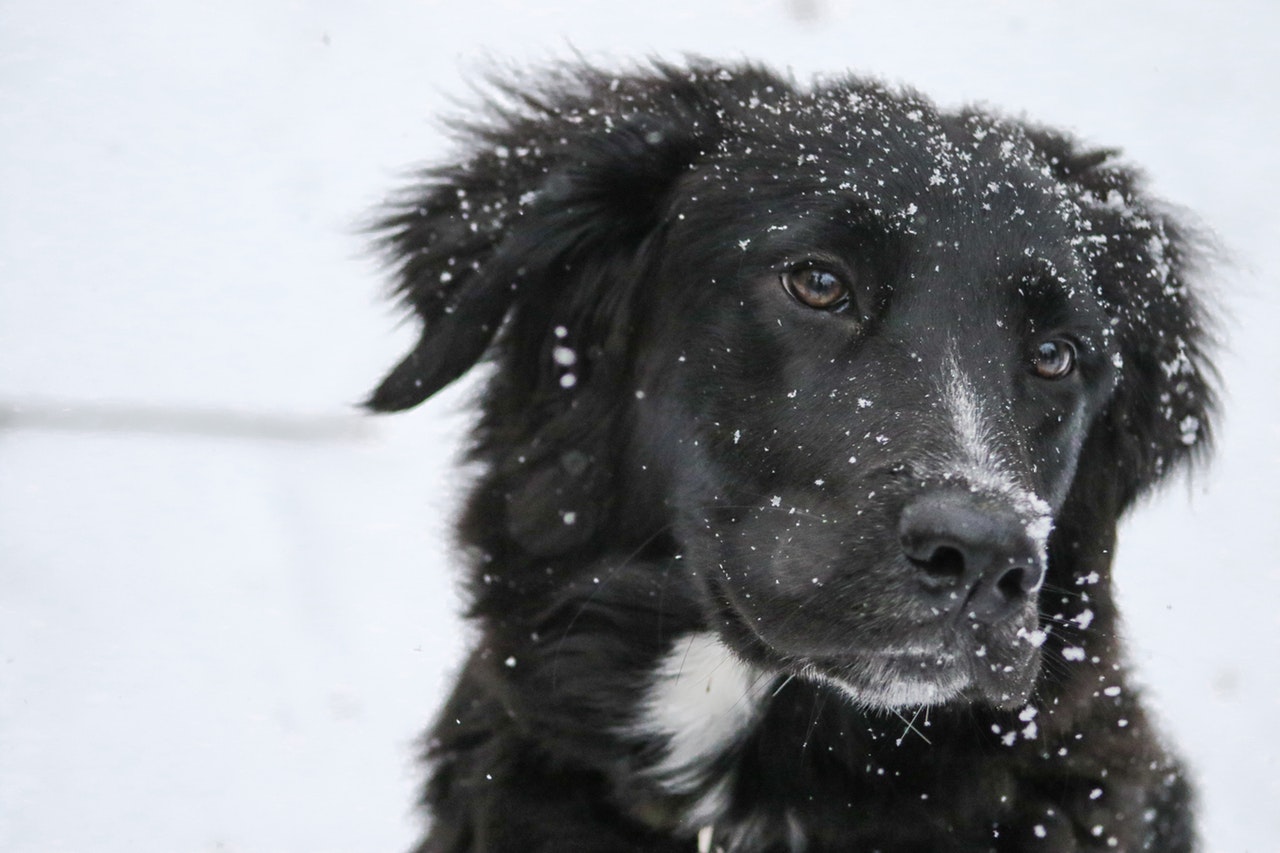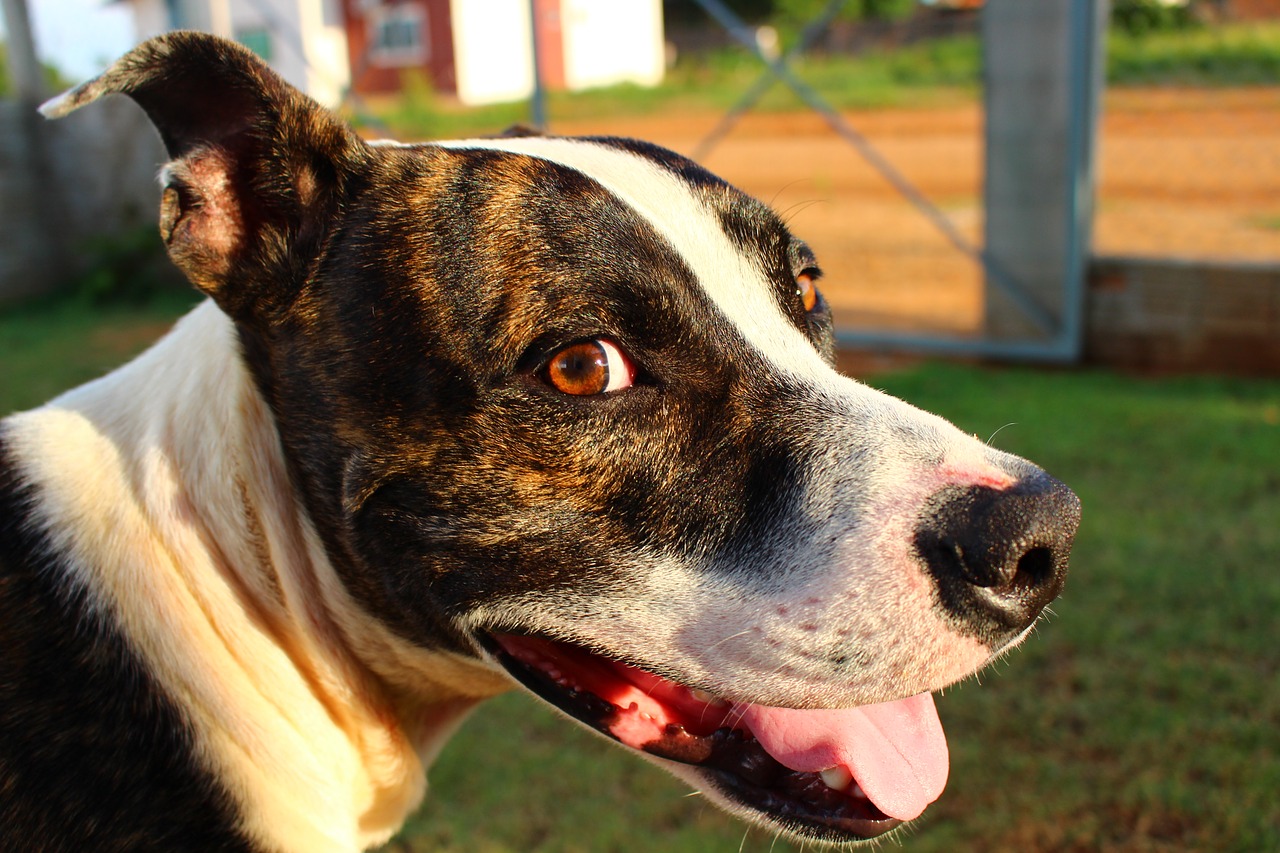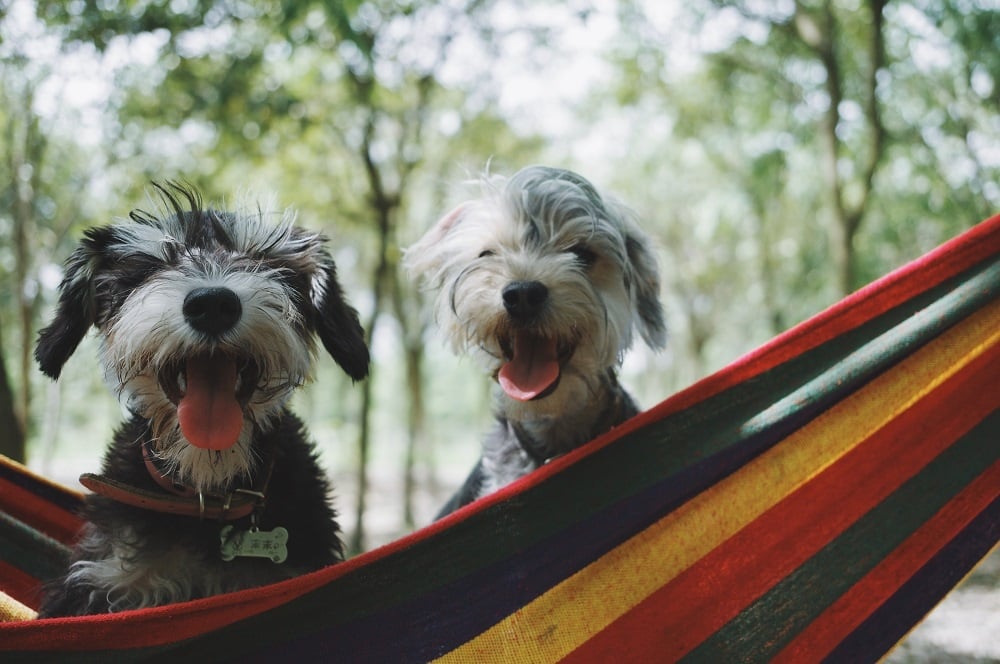Busting The Myth: A Raw Pet Food Diet Is Dangerous
January 13, 2018
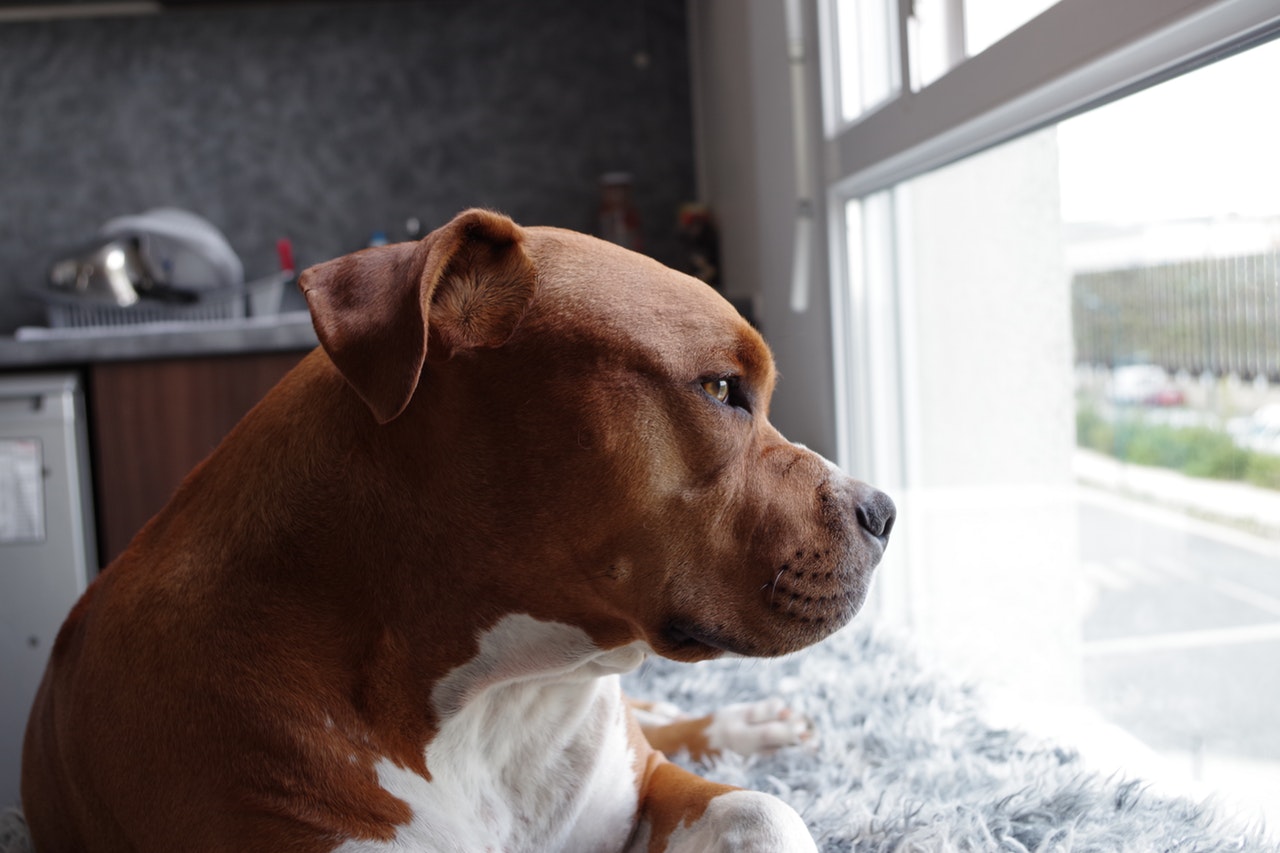
One of the most common myths about raw food is that it will give your pet (or you) parasites or illnesses. We’ve talked before about how to safely handle and store raw food in order to prevent any bacteria growth or contamination. And we’ve briefly touched on possible bacteria in raw food. Today we’re addressing this myth head on, and why you don’t have to worry more when feeding your pet raw food than you would on a kibble diet.
Commercial Pet Food Is Not Risk Free
Most outbreaks of illnesses from pet food come from processed dry kibble or canned food brands, or processed treats - not from natural raw dog food diets. There have been many recalls of dry pet food due to bacteria or mold in the food.
Some pet owners who feed kibble diets believe that the conditions in which they store their food are not important. It is however common for kibble to become rancid and the early stages of this process often go unnoticed by pet owners, causing illness in their companions. The very nature of a raw food diet leads to pet owners being more aware of the dog food quality and safe storage and handling processes.
Perhaps one of the scariest elements to commercial kibble and canned foods is that you the consumer can not really tell what quality of meats were initially used as ingredients. It is nearly impossible to tell visually or olfactory if the meats have spoiled. One benefit to feeding a fresh meat diet is that pet owners can often tell immediately if the product has spoiled and can opt not to feed the specific portion.
Safe Food Handling Starts at the Manufacturer
It is true that not all raw is created equal. Unfortunately, as in all industries, there are some commercially available dog raw food diet products which may not source the freshest ingredients or which may not follow strict safe food handling procedures. Iron Will Raw believes that when it comes to feeding our pets, there are no shortcuts.
It is imperative that raw pet food producers source from human-grade, government inspected facilities. Sourcing from suppliers that are regularly inspected ensures that raw material are clear from harmful bacteria and pathogens even before slaughter. Animals that are intended for human consumption are rigorously tested in accordance to CFIA (Canadian Food Inspection Agency) regulations. This acts as an assurance against the presence of parasites which is further maintained throughout the slaughter process in regulated facilities.
Having quality raw material is just the beginning though. Your raw food provider must be well versed in safe food handling procedures and have strict programs in place to ensure and document safe temperatures, avoid thawing and refreezing meat for processing as well as store and transport product at appropriate temperatures. It is also critical that manufactures have documentation and programs in place to prevent cross contamination from receiving raw material through production and onto shipping finished goods.
Safe Food Handling at Home
When you serve your pet raw food, the way you store and handle the food will be the same as how you store and handle raw meat for yourself. Keep it frozen in the freezer, securely packaged, to prevent bacteria growth. Avoid thawing, portioning and refreezing raw meat. This can allow the meat to rise in temperature allowing harmful pathogens to develop which may not be destroyed during the brief freezing period before re-thawing.
When serving raw meals to your pet, remove it from the freezer and place it either in the fridge or in cool water to thaw. Once fully thawed, portion and serve.
Be sure to keep all unused portions in the fridge, keeping them in a sealed container. When stored properly, they should stay fresh and bacteria free for 2-3 days. Keep in mind that bacteria can start to grow at 4 degrees celsius - so be sure to keep this food out of the temperature danger zone.
The same common sense best practices you would following when storing and handling raw meat for yourself apply. For the same reasons that it is not recommended to use wooden cutting boards when cutting meat, use smooth and easy to disinfect food bowls (stainless steel recommended) to keep bacteria out of small cracks and crevices of the dish. Wash surfaces, utensils and hands with warm soapy water after preparing.
Often with commercially processed kibble diets, pet owners have a false sense of security about possible pathogens and can fail to practice these safe handling routines. Your pet’s dishes (food and water) should be washed regularly to prevent any development of harmful bacteria.
Don’t Underestimate Your Pet’s Biology
The main reasoning behind a raw meat diet for dogs and cats is that it is species-appropriate. This diet is the natural diet of your pet, which means that their digestive system is made to handle normal bacteria that is present in fresh meat. Dogs’ and cats’ saliva contain lysozyme which is an antimicrobial enzyme designed specifically to support their immune system from naturally occuring bacteria. Their digestive system has a highly acidic stomach to help further handle bacteria, and their short digestive tract allows the food to pass through their system quickly before bacteria can multiply and migrate and cause illness.
With the recent hype about the risks of raw feeding we encourage you to avoid letting fear prevent you from offering your pets the healthiest, most nutritious diet for them. For more information on the benefits of a raw pet food diet, click here. If you’re ready to make the switch, click below to find a retailer of Iron Will Raw pet food in your area.
